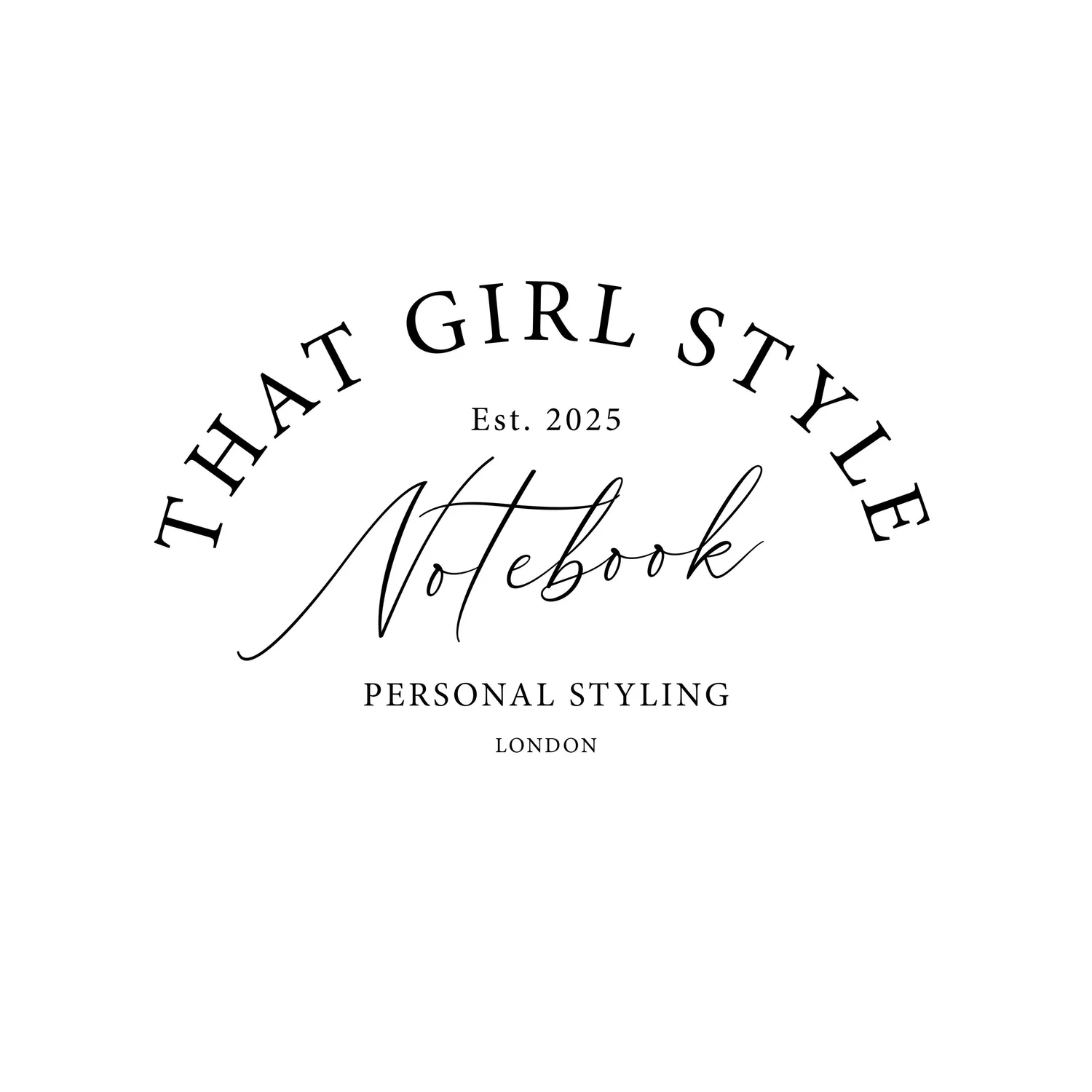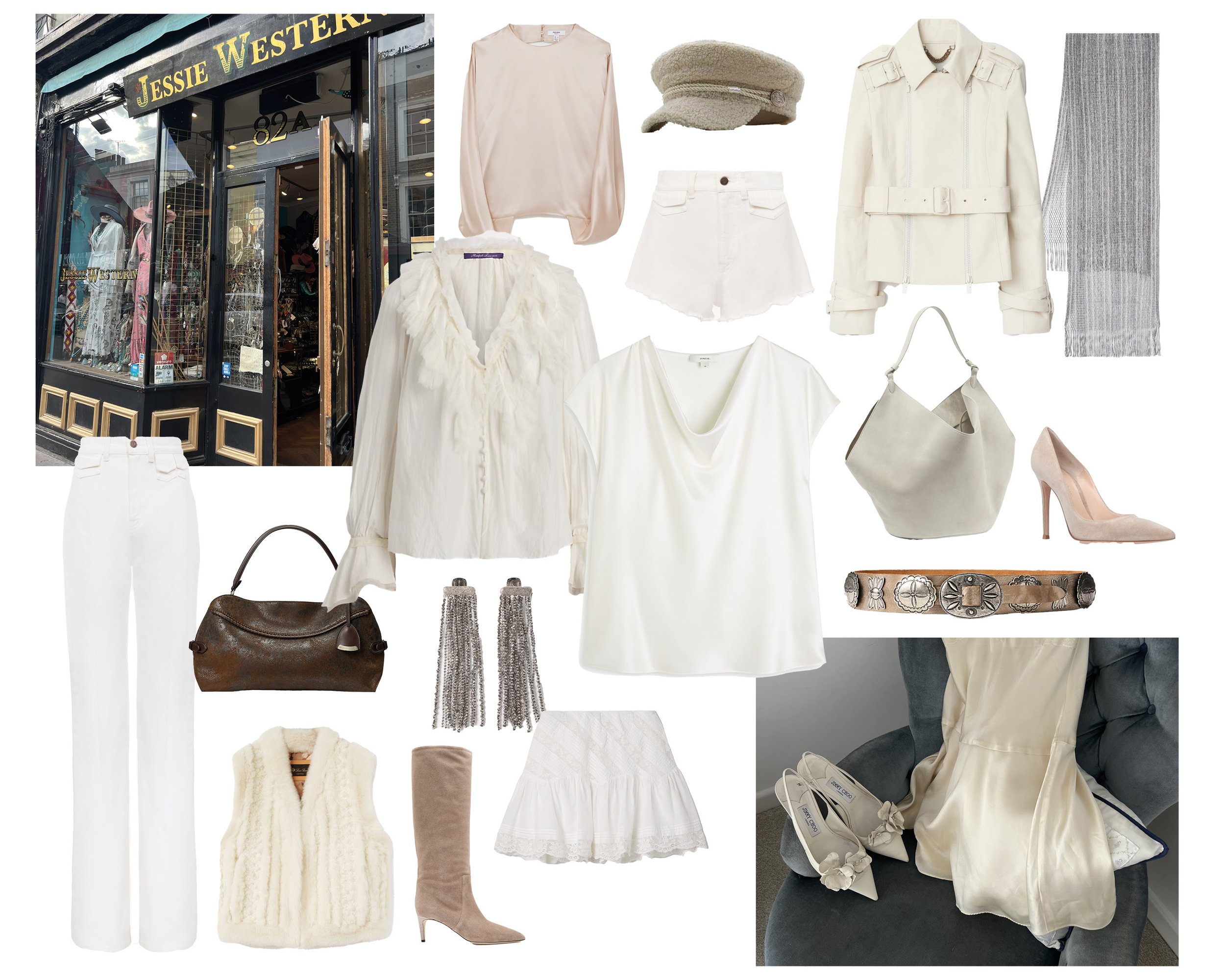The Enduring Allure of Boho Chic
From runway fantasia to refined everyday dressing
Boho chic surged into the limelight once again in SS25, driven by American houses such as Isabel Marant, Ralph Lauren and LoveShackFancy. Yet what’s compelling is how this aesthetic has evolved, beyond trend peaks and seasonal hype, into a more thoughtful, enduring style. The challenge today isn’t merely to replicate boho; it’s to translate it into a wardrobe that feels both contemporary and timeless.
Tracing the Roots: From Bohemia to Boho Chic
The bohemian spirit begins in mid-19th century Paris, where artists, writers and free thinkers rebelled against rigid fashion norms. They abandoned corsets, tight bodices and overly structured tailoring in favour of fluid silhouettes, lace, velvet, floral motifs and layered textures. These creators were dubbed bohémiens, borrowing a term once used to describe Roma people believed (erroneously) to originate from Bohemia.
Over time, that spirit spread across decades. In the 1960s and 1970s, the hippie counterculture embraced flowing fabrics, ethnic prints and artisanal craft as expressions of freedom and dissent. By the 1970s, designers such as Thea Porter, Karl Lagerfeld at Chloé and Yves Saint Laurent began bringing bohemian motifs into couture and ready-to-wear formats. Vogue reported in January 1970 that the aesthetic was defined by “languorously falling things” and long, dangling fringe meant to “keep the languor lingering.”
In the early 2000s, boho re-entered mainstream fashion. Icons like Sienna Miller, the Olsen twins and Kate Moss were photographed in maxi skirts, layered jewellery, flowy blouses and suede fringe, solidifying boho chic as one of the defining styles of the decade.
Today, the revival is more nuanced. The new boho plays with restraint: tone-on-tone palettes, softer silhouettes, elevated finishing and subtle references rather than full costume.
How to Wear Boho Chic Timelessly
Below are four principles to help translate boho chic into a modern, enduring wardrobe.
1. Fabric & Texture
Rather than relying on bold prints, focus on tactile fabrics such as linen, suede, silk, lightweight knits, crochet or softly brushed cotton. Natural materials bring movement and depth, capturing boho’s free-spirited essence without ever feeling theatrical or dated.
2. Form
Boho chic is a harmony of ease and quiet elegance. For everyday wearability, balance one statement piece with grounding basics, think a fluid blouse with tailored trousers, or a flowing maxi dress offset by a belt or cropped jacket. If you choose embroidery, fringe or printed lace, keep the rest of your look pared back.
3. Muted Colours
Anchor your palette in soft neutrals and earth tones - cream, taupe, muted blush - and weave in richer hues like rust, amber or burgundy sparingly. Avoid overly saturated or novelty shades unless they enhance the narrative.
4. Accessories
Choose one or two accessories that add character to your look, a tooled leather saddle bag, a silver cuff, or a soft suede boot. The best accents add depth to the narrative of the outfit without ever stealing the show.

